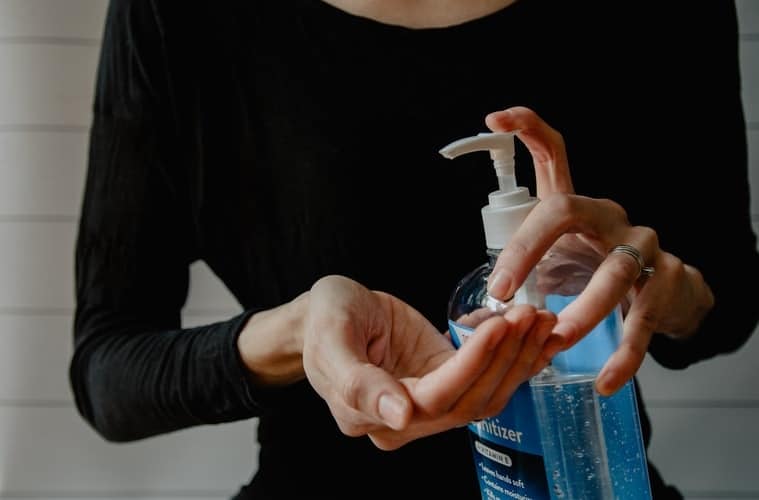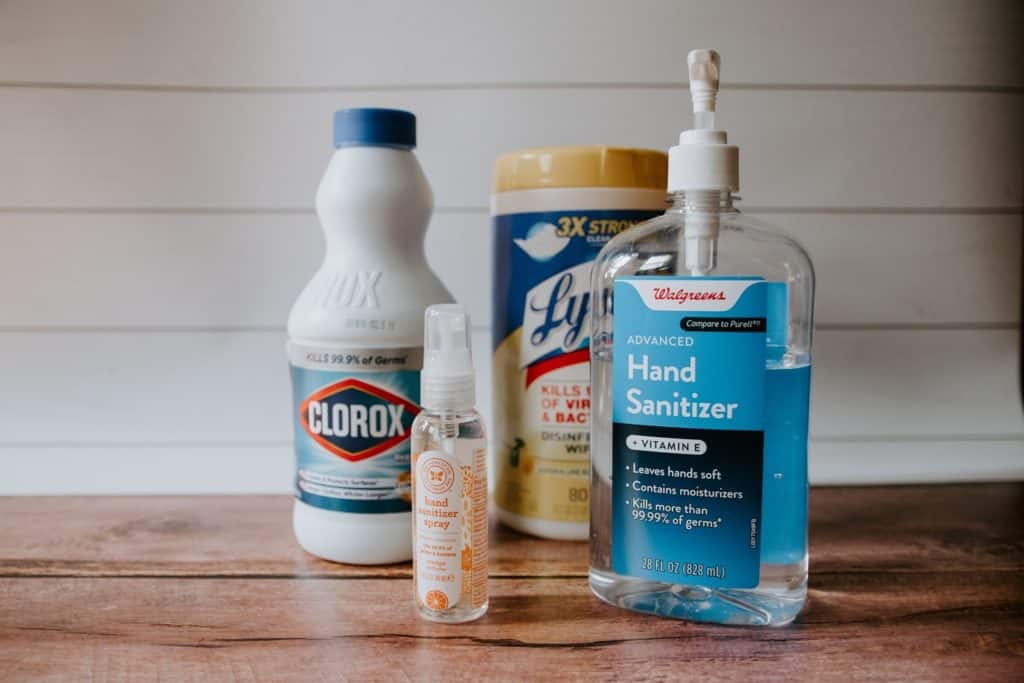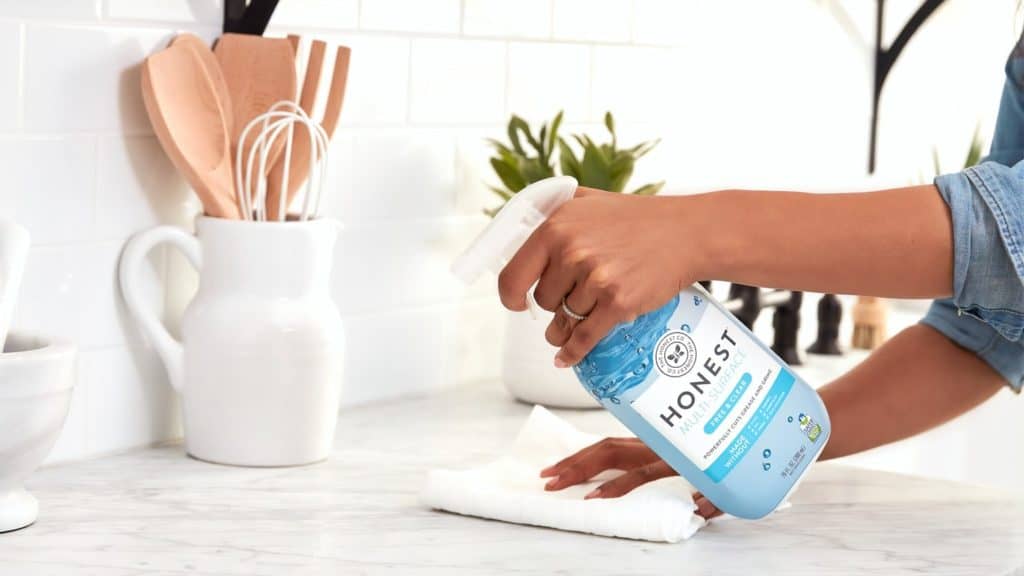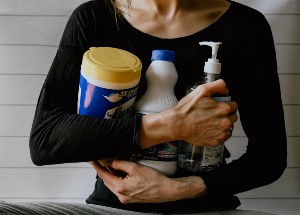We all know about different hygienic methods, that is, sterilization, disinfection, and sanitization. But do we understand them correctly, or are we prone to interchanging them now and then? Many people may think that they mean the same thing, but these methods differ significantly.
We may dismiss understanding the distinctions between these words. Still, we need to understand their scope of work correctly when it comes to purchasing specific cleaning products and figuring out how to apply them. You do not want to use the wrong product so that you won’t achieve the desired result. But buying the right product will ensure proper cleaning of the required surfaces and items.
Additionally, knowing the difference between these terms will also help you understand when to use light-duty cleaning materials, such as brushes and brooms, and when to use vacuum cleaners and other cleaning machines. Therefore, in this article, I have analyzed the difference between these hygienic approaches and the most common products used for each one.
Sterilization

Sterilization is a scientific or natural method to eradicate any pathogens from an item. It is the best method for killing bacteria and viruses. Therefore, it is the most common technique to prevent the spread of diseases.
When Sterilization Is Used
Sterilization is mostly used in health care centers on medical instruments, such as surgical tools. Such tools have to be sterilized since they are used on different patients. Thus, sterilization prevents the transfer of diseases, bacteria, or viruses from one patient to another.
Methods Used to Sterilize Items and Surfaces
Different effective ways can be used to sterilize both instruments and surfaces. Steaming is one of the common techniques. However, there is a limitation on pieces of equipment that are sensitive to heat. Therefore, in such scenarios, steaming can be substituted with the use of ozone and ethylene oxide.
An autoclave is advisable for use on equipment that does not get affected by heat because, inside the chamber of the autoclave, the tools get exposed to temperatures of up to 270 degrees Celsius. Additionally, the autoclave method is usually preferable since, unlike ethylene oxide, it is not harmful to the user.
Related Post: Is Pine-Sol a Disinfectant?
Common Products Used for Sterilization
Different products are used to sterilize items. Below are the most common ones:
- Autoclave – The exposure to heat kills bacteria and viruses completely. The temperatures inside the autoclave are high, and hence it works on destroying the bacteria’s enzymes.
- Ethylene oxide and hydrogen peroxide gas – Works by ruining the DNA of the microorganisms, and, thus, the pathogens can’t mutate or reproduce. It also works the same way on viruses.
- Ozone – Works mainly on the cell walls of viruses or bacteria by poking holes on them that eventually destroy these pathogens.
Disinfection

Disinfection is an approach used to reduce the number of microorganisms that are actively reproducing and increasing from a concentrated level to a level where their presence is so minimal that they can hardly cause damages to healthy individuals. Unlike sterilization, disinfection does not completely get rid of the microorganism unless the disinfectant used is indicated to be a sterilizer, as well.
Disinfection Methods
Various techniques are used for disinfection, and most of them are chemical methods. When dealing with viruses, dirty surfaces should be cleaned before applying chemical compounds.
Additionally, diluted bleaching agents, alcohol-based solutions with an alcohol content of above 70%, and any other detergent registered with EPA can be used. The disinfectants are applied on the surfaces that have come into contact with germs, viruses, or bacteria, such as hands, floors, walls, and any other surfaces that the bacteria might lie on.
Common Products Used for Disinfection
There are many disinfectants on the market. Here are the commonly used ones:
- Soap – Many people may not trust it, but it works. Soap or detergents work by breaking the enzymes of the bacteria, thus, making them harmless.
- Bleaching agents – They are harsh to the microorganisms since they are made from chlorine. A maximum precaution should be taken when using bleach-containing products.
- Alcohol – It works by destroying the proteins on the bacteria, viruses, and fungus. It means that it completely kills them, but alcohol does not stop the growth of bacteria or their reproduction present on the surface. Note, alcohol is only active if its concentration level is 70% and above.
Sanitization

Sanitization is a technique used to reduce the number of microorganic pathogens to a level where they can’t be harmful. 99.9% of microorganisms must be eliminated from the surface to achieve this. The remaining would not cause harm. However, some viruses do not respond to sanitization, and, therefore, you should opt for a more effective method of elimination like disinfection.
Additionally, this method of killing germs should be done frequently to avoid cramping of pathogens on areas around you. Sanitization is mostly carried on food preparation items and kitchens to prevent any form of food poisoning.
Sanitization Methods
It is a common routine first to clean the surface and then apply the sanitizing solution. There are several chemicals used when it comes to sanitization, all of which are effective in their way. The most common chemicals used contain chlorine, for example, sodium hypochlorite and calcium hypochlorite. Spraying chlorine gas is also a good sanitization technique.
When using sanitizers, you should follow instructions to the latter to ensure the effectiveness of the product. Thus, the microorganisms will be killed indeed within seconds of the application. Another effective method of sanitization is wiping surfaces with quaternary ammonium compounds (not the same as ammonia).
Commonly Used Sanitization Products
Many products are routinely used for sanitizing. Here are the common ones:
- Bleaching agents – Widely used for both sanitization and disinfection, only that they are used at a lower concentration when sanitizing. Bleaching agents destroy the membranes of the microorganisms.
- Soap – Used to wash utensils, hands, and surfaces.
- Quaternary ammonium compounds – Used on surfaces to get rid of bacteria. It also destroys the membranes of the microorganisms.
Related Post: Is Fabuloso a Disinfectant & Does It Kill Germs?
Cleaning

Cleaning is the act of removing unwanted substances, such as infective agents, dirt, and other contaminants from an item or environment. It is normally done as the first step for preventing allergic reactions and cross-contamination. Cleaning does not kill bacteria or viruses, as it only removes them from the item or surroundings. Cleaning methods include dry cleaning, scrubbing, mopping, laundering, polishing, and spray buffing.
Common Cleaning Products
Various cleaning agents are used depending on the item being cleaned, the type of contaminants on the item, and the method selected. Commonly, the four most popular cleaning solutions are:
- Acids – Acid cleaners are used to get rid of mineral deposits and rusts. They are the strongest cleaners and should be handled with care.
- Abrasives – These products are chemicals that rely on scrubbing to clean hard surfaces. They are normally used for cleaning floors and dishes.
- Detergents – Normally used for cleaning fabric and are effective for removing dirt.
FAQ on Different Hygienical Methods
Let’s compare different hygienical methods, and when each of them should be utilized. I hope that the information below will help you to structurize the received knowledge.
What Is the Difference Between Cleaning and Sanitizing?
Sanitizing and cleaning are both methods of enhancing hygiene. But what is the difference between cleaning and sanitizing? It is easy to identify the two as the same, but they are not. Cleaning involves removing dirt from a surface, while sanitization involves reducing the number of bacteria on the surface that has been cleaned to prevent them from causing harm.
Therefore, cleaning should be done first, and then sanitization follows to ensure the desired result. For these two methods to be effective, the surfaces or food preparation pieces of equipment need to be cleaned, rinsed, and sanitized properly, then left to dry.
What Is the Difference Between Sanitizing and Disinfecting?
Disinfection vs sanitization, which way to go? It is a question that most people are currently asking themselves. Let’s evaluate whether you need to sanitize vs disinfect your place.
What is the difference between sanitizing and disinfecting? Sanitization is mostly used on food items to prevent transmission of diseases related to food poisoning. Disinfection is used in hospitals to kill germs and viruses on surfaces that have come to contact with blood or body fluids, and health workers utilize pretty strong disinfectants for this purpose.
Disinfecting is also done on any surface where a virus or bacteria are residing. These two are effective in reducing the number of pathogens responsible for transmitting viral infections or any other type of disease.
What Is the Difference Between Disinfection and Sterilization?
Both sterilization and disinfection are well-known for working against microorganisms. But the difference between disinfection and sterilization lies in their ability to destroy the pathogens.
Sterilization completely kills the bacteria and prevents their growth and reproduction. It works on both vegetative and spore bacteria. In contrast, disinfection majorly reduces the level of the pathogens to a level where they are not harmful anymore. It hardly works on spores but kills all vegetative bacteria.
Therefore, disinfection only works to make the population of the bacteria less, while sterilization allows eliminating the population. Hence, in the battle of disinfection vs sterilization, sterilization would deliver the best results for eliminating pathogens.
Related Post: Is Lysol Toxic? Detailed Review
The Distinction Between Sanitization Vs Sterilization
The two differ in almost everything from the definition to the different methods used. Sterilization involves completely killing the microorganisms on a surface, while sanitization reduces harmful organisms to ensure the surface is 99.99% free of the pathogens.
Also, sterilization works against every virus together with spores, while some viruses are resistant to sanitization. Besides, sterilization uses very high steam temperatures to kill all bacteria, but for sanitization, mostly chemicals containing chlorine or alcohol are used.
Closing Remarks
In the battle of whether to sanitize vs disinfect vs sterilize, the difference lies in the methods used and when to do it. Understanding the differences aids you in choosing the appropriate technique and products that will give the best results.
For example, as seen in the difference between sterilization and disinfection, using disinfection on equipment that needs sterilization would be risky since you will not eliminate all the pathogens. Instead, spreading viruses and bacteria would still take place.
In a nutshell, sterilization completely eradicates pathogens, disinfection minimizes the number of microorganisms that are actively reproducing. At the same time, sanitization reduces the number of pathogens to a level where they can’t be harmful. All these techniques work on destroying bacteria, and if used appropriately, we can always achieve the control we are aiming at.
References:
- Selected EPA-Registered Disinfectants(United States Environmental Protection Agency):
https://www.epa.gov/pesticide-registration/selected-epa-registered-disinfectants - Sodium hypochlorite(National Library of Medicine):
https://pubchem.ncbi.nlm.nih.gov/compound/Sodium-hypochlorite

